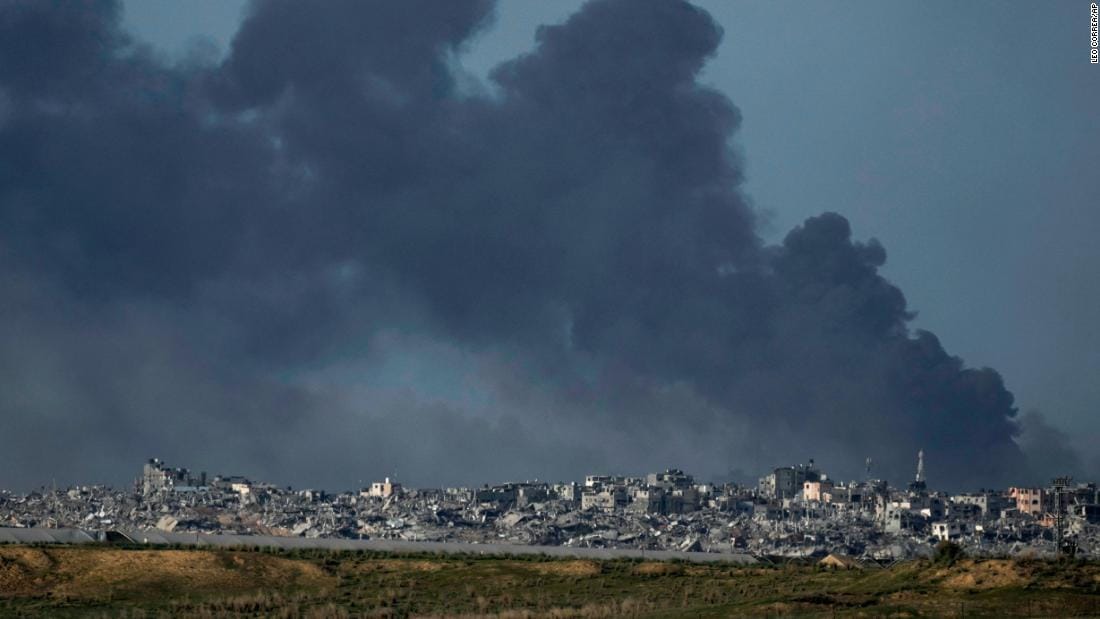The recent plane crash in South Korea has drawn significant attention from both the public and aviation authorities, particularly following the announcement that the black boxes recovered from the wreckage failed to record the final four minutes of flight data. This critical gap in information poses a substantial challenge for investigators seeking to understand the events that led to the tragic incident.
The crash, which occurred under circumstances that are still being examined, has resulted in a loss of life and raised questions about the safety protocols in place for commercial aviation in the region. The black boxes, which are designed to withstand extreme conditions and provide vital data during investigations, are typically the primary source of information regarding the final moments of a flight. Their failure to capture the last four minutes is particularly concerning, as this timeframe often contains crucial data that can help determine the cause of an accident.
Officials from the South Korean aviation authority have stated that the black boxes were recovered shortly after the crash and were sent for analysis. However, upon examination, it was discovered that the flight data recorder and cockpit voice recorder had not captured the final moments of the flight. This has led to a thorough review of the equipment used in the aircraft, as well as the protocols followed during the flight.
The implications of this malfunction are significant. Investigators rely heavily on the data provided by black boxes to piece together the sequence of events leading up to a crash. The absence of the last four minutes of data means that critical information regarding the aircraft’s altitude, speed, and any potential mechanical failures or pilot communications during that time will remain unknown. This gap could hinder the investigation and delay the release of findings that are essential for improving aviation safety.
In response to the incident, aviation experts have called for a review of the technology used in black boxes and the procedures for their maintenance and operation. The reliability of these devices is paramount, as they serve as the primary means of understanding the factors that contribute to aviation accidents. The failure of the black boxes in this case has raised questions about whether existing regulations and standards are sufficient to ensure the integrity of flight data recording systems.
The South Korean government has pledged to conduct a thorough investigation into the crash, which includes not only examining the black boxes but also reviewing the aircraft’s maintenance history, the qualifications of the flight crew, and the operational procedures followed by the airline. The goal is to identify any potential lapses that may have contributed to the accident and to implement measures to prevent similar incidents in the future.
As the investigation unfolds, families of the victims are left grappling with the loss of their loved ones and seeking answers about what happened. The emotional toll of such tragedies is profound, and the lack of conclusive data only adds to the uncertainty and grief experienced by those affected. The South Korean government has expressed its commitment to providing support to the families during this difficult time, including counseling services and assistance with funeral arrangements.
In the broader context of aviation safety, this incident serves as a reminder of the importance of continuous improvement in technology and procedures. The aviation industry has made significant strides in enhancing safety over the years, but incidents like this highlight the need for ongoing vigilance and innovation. The lessons learned from this crash will likely inform future regulations and practices aimed at ensuring the highest standards of safety for passengers and crew alike.
As the investigation continues, officials are urging the public to remain patient and allow the process to unfold. The complexities involved in aviation accident investigations require time and careful analysis to ensure that all factors are considered. While the absence of the final four minutes of data is a setback, investigators are committed to uncovering the truth behind the crash and providing answers to the families and the public.
In conclusion, the failure of the black boxes to record the final moments of the South Korean plane crash presents a significant challenge for investigators. The implications of this malfunction extend beyond the immediate investigation, raising questions about the reliability of flight data recording systems and the need for ongoing improvements in aviation safety. As the investigation progresses, the focus will remain on uncovering the truth and ensuring that lessons are learned to prevent future tragedies.



